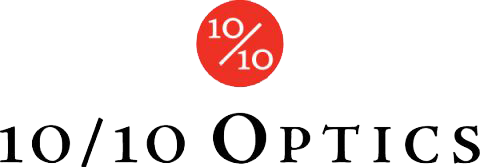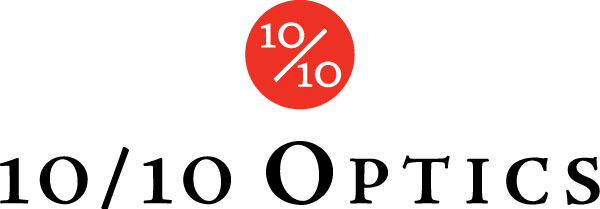How To Read Your Glasses Prescription
One of the greatest advantages of a new pair of designer glasses is how much better it can make reading! So it’s a little funny that reading an eyeglasses prescription can prove to be so difficult. No, that’s not a “doctors have bad handwriting” joke it’s simply that an eyeglasses prescription seems to be written in a secret code that only eyewear professionals seem to understand.
The good news is, it’s not all that secret. Let’s start with some of the most common fields on an eyeglasses prescription. Each eye doctor or vision center may have their own variation, but the fields are often very similar.
OD and OS = Your eyes
The OD and OS fields in an eyeglass prescription represent each of your eyes. OD, is an abbreviation for the Latin “oculus dextrus” and refers to your right eye and OS, is the abbreviation for the Latin phrase “oculus sinister” which means your left eye.
Each eye has its own unique profile and all of the additional fields encompass all of the specific characteristics of each eye.
SPH/Sphere/PWR
Depending on the provider this field may be written in multiple ways but all of these abbreviations refer to the same thing: the prescribed amount of lens power for nearsightedness or farsightedness.
The plus (+) and minus (-) signs in front of the number indicate whether you are farsighted (a + sign), or nearsighted (a – sign). These numbers are measured in diopters, or “D”. A diopter is an important unit of measurement in optometry that represents the amount of focusing power the lens of your eye requires to achieve proper vision quality.
As for the numbers themselves, generally, numbers closer to zero represent better your eyesight. Higher numbers typically require more vision correction and therefore a stronger prescription.
CYL & AXIS
If you see CYL, which stands for “Cylinder” and “Axis” in your prescription, you friend, have astigmatism. Having astigmatism simply means that there is an imperfection in the spherical curvature of your eye. This deviation from a perfectly spherical lens prevents light rays from meeting at a common focus and results in distorted images. It’s a fairly common reason that people need vision correction.
Astigmatism can include numbers with + or – signs, as an astigmatism can be combined with nearsightedness or farsightedness. Again the higher the number, the greater the degree of correction required.
Cylinder measures the degree of your astigmatism in diopters while Axis, which is anywhere between 0 and 180 degrees, measures the orientation of an astigmatism, identifying exactly where the deviation in your lens shape occurs.
This prescription will often be written as S x C x A. That’s the sphere (the number of diopters of near or farsightedness) by the degree of your astigmatism by the location of the deviation in the curvature of your lens.
ADD
ADD doesn’t apply to everyone, this component of a prescription applies only to those who require multi-focal lenses. This is the additional magnifying power that is needed to correct presbyopia. Presbyopia is an age-related condition that develops over time and affects a person’s ability to focus actively on nearby objects. For example, reading a book. This number usually appears with a + sign and is the same for both eyes.
Prism and Base
Also measured in diopters, and also only applicable to some people, prism measures the amount of prismatic power needed to compensate for problems with eye alignment. In conjunction with a prism, people needing this correction will also have a Base measurement. This number identifies the thickest edge of the Prism.
PD (Pupillary Distance)
An eyeglasses prescription may also include your PD or pupillary distance. This is the exact distance in millimeters, between the centers of each of your pupils. It tells the optician making your glasses exactly where to put the optical center of each lens. In order for your glasses to work properly this measurement needs to be precise, and the ease of getting this wrong in a self-measurement is one of the many reasons not to buy glasses online.
Your eyeglasses prescription may include other remarks from your doctor, like what kinds of lenses are recommended or single vision, multi focal or readers. It may also specify a lens coating if the doctor feels that photo chromatic or tinted are required.
Just like your eyes, your glasses prescription is unique and belongs only to you! While there’s no need to become an expert on the abbreviations or science behind optometry, it’s always good to know what the numbers and symbols on your prescription mean. But the most important thing to know is, you should always feel completely comfortable asking your doctor and optician any and all of your questions.


